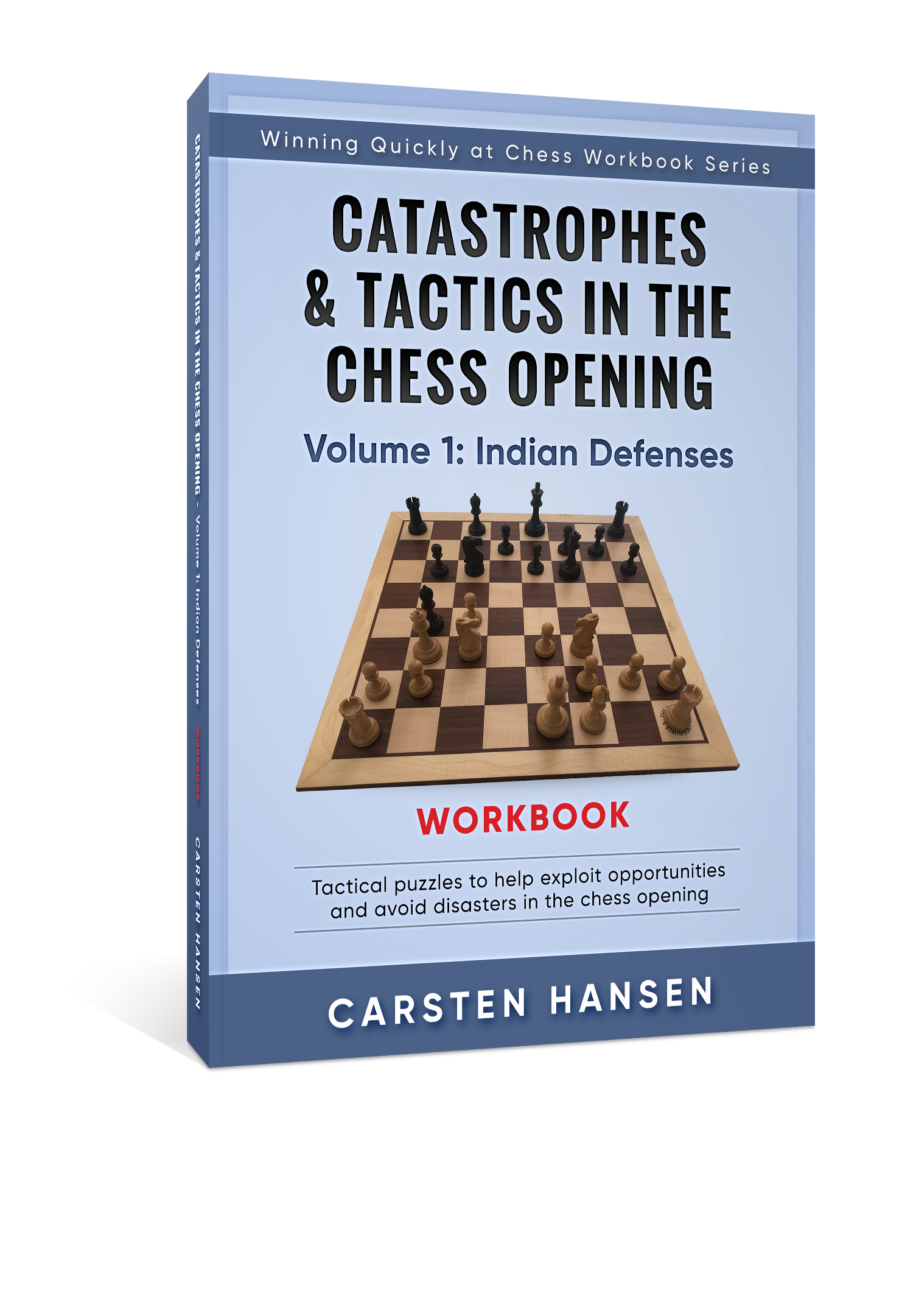

A thick workbook aimed at “normal” players, not just masters or budding stars.Sherlock’s Method is Exactly What Most Players Claim They Want!Īfter spending a few hours with the book, my conclusion is this: Sherlock’s Method has removed most of the typical excuses a wide swath of the chess population gives for being unable to improve:
#BOOKS ON CHESS TACTICS FULL#
Having gotten to know them a bit personally, I’m not surprised as they are both very down-to-earth.Īlso, full disclosure, they sent me a copy of the book to review. Second, the authors are being too modest about what they have created. Sherlock's Method, page 12 Photo: Sabina Foisor’s Twitter: I believe 1700-2300 is an appropriate range for Sherlock’s Method. This range may seem rather wide, but the variety of concepts addressed makes it possible for players in the aforementioned range to enjoy and learn from the book’s content. The targeted readers for this book are players rated between 17. There are one hundred fifty (150) positions in the first part, one hundred twenty (120) in the second part, and forty two (42) in the third part.

The parts are as follows: simple positions, endgames, and complex decisions. This book is comprised of three parts, each broken down into two subsections. Good luck in your chess evaluations! Author Andre Harding Posted on Categories Improvement Tags Books, Calculation, Chess Informant, Intermediate, Middlegame, Scholastic Chess, Strategy, Tactics, Tournament Play Leave a comment on Chess Position Evaluation: Who is better, and by how much? Sherlock’s Method: The Working Tool for the Club Player Decide on one of the categories above, and also decide if you will play for a win or a draw. You can think a position is unclear or “I don’t know what’s going on,” but this isn’t helpful. Simply shuffling your pieces around and waiting is usually a recipe for disaster. Be careful: this doesn’t necessarily mean the position is dry or boring! Usually, you need to play actively.

The chances are balanced, and if both sides play well, a draw is the likely result. Two or three of these together can add up to a large advantage.

This category is much closer to decisive advantage than to small advantage! When you get your opponent here, your advantage will likely grow if you simply suppress any counterplay.Ī lead in development, space (more central presence, control of an open file), pawn structure (lack of pawn weaknesses, or less than the opponent has), or piece placement (in the center or near the “action zone”). This is what I believe is meant by the so-called “accumulation of advantages.” Two or three of these smaller edges together can be considered a decisive advantage. I would define it as any of the above, but to a lesser degree - a dangerous attack that isn’t clearly winning an extra pawn or exchange with the opponent having some form of compensation awkward but not hopeless pieces or a solid endgame edge that still requires decent technique. Of course, I’m only talking about human evaluation during a chess game! I only care about what the computer says in ICCF games.Īn unstoppable attack too much extra material without compensation an opponent with hopelessly bad pieces or an endgame edge so big the win is straightforward. This is a short post, and I’m not giving any positions here: but use these guidelines the next time you study a chess position - I think you’ll have an “A Ha!” moment. Now, I hope others will be a bit less confused! When I was struggling to learn chess, I didn’t really feel what these meant. Chess Informant popularized a classification system that is now universally used in chess literature and when discussing positions.


 0 kommentar(er)
0 kommentar(er)
